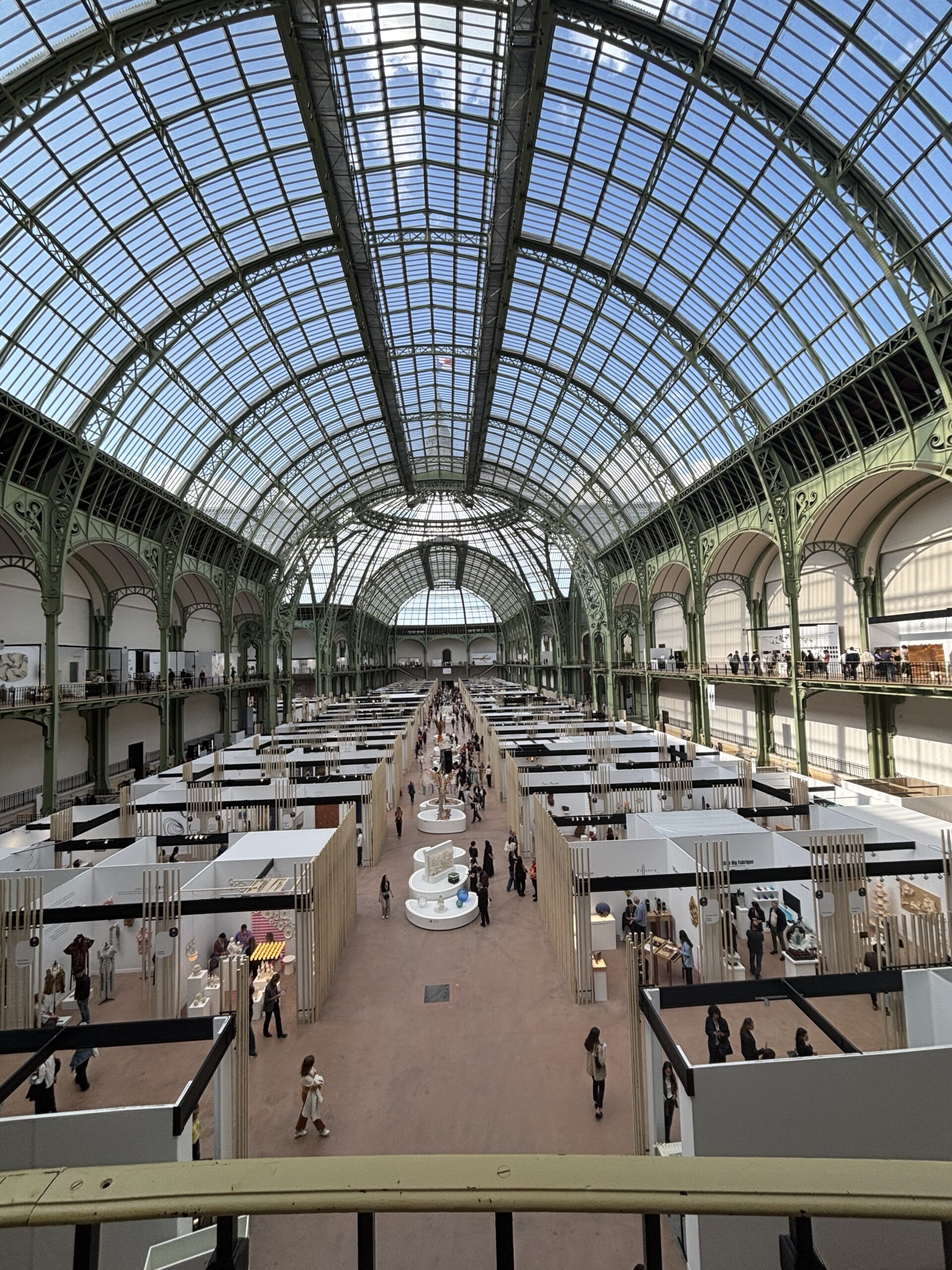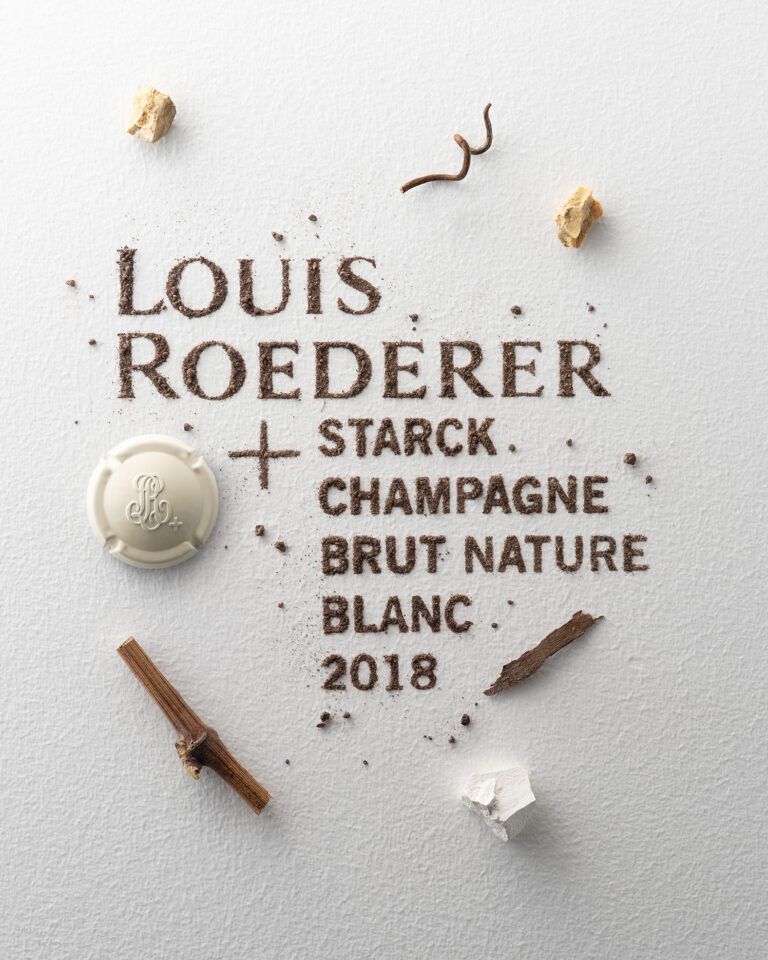
Louis Roederer 2018 and Philippe Starck: Brut Nature as a Climate Change Laboratory
Brut Nature Louis Roederer: the elegant of minimalism, the Future of Champagne According to Roederer + Starck
Paris, 22 may 2025 – Champagne Louis Roederer could not have chosen a more evocative setting than Paris’s Grand Palais to present the fifth edition of the Brut Nature + Philippe Starck project. This release includes two non-dosé champagnes—Blanc and Rosé—the only wines of this kind produced by the historic Reims-based Maison, now led by Frédéric Rouzaud, the seventh generation of the family.
An iconic location such as the Grand Palais, which during those days hosted the seventh edition of Révélations – International Biennial of Crafts and Creation, provided the perfect backdrop to underline the heart of this project: craftsmanship as a pure expression of skill and soul. Fittingly, Italy—one of the birthplaces of artisanal artistry—was the guest country at the event.
On this occasion, Jean-Baptiste Lécaillon, chef de cave for 36 years, revealed the essence of the Brut Nature project: a declaration of creative freedom that has since evolved into the Collection, the successor of Brut Premier. It is a vision born 25 years ago, built on biodynamics, the absence of malolactic fermentation, and a constant pursuit of freshness and the truth of the fruit. Once considered revolutionary, these choices are now essential for those who want to read—and write—the future of Champagne.
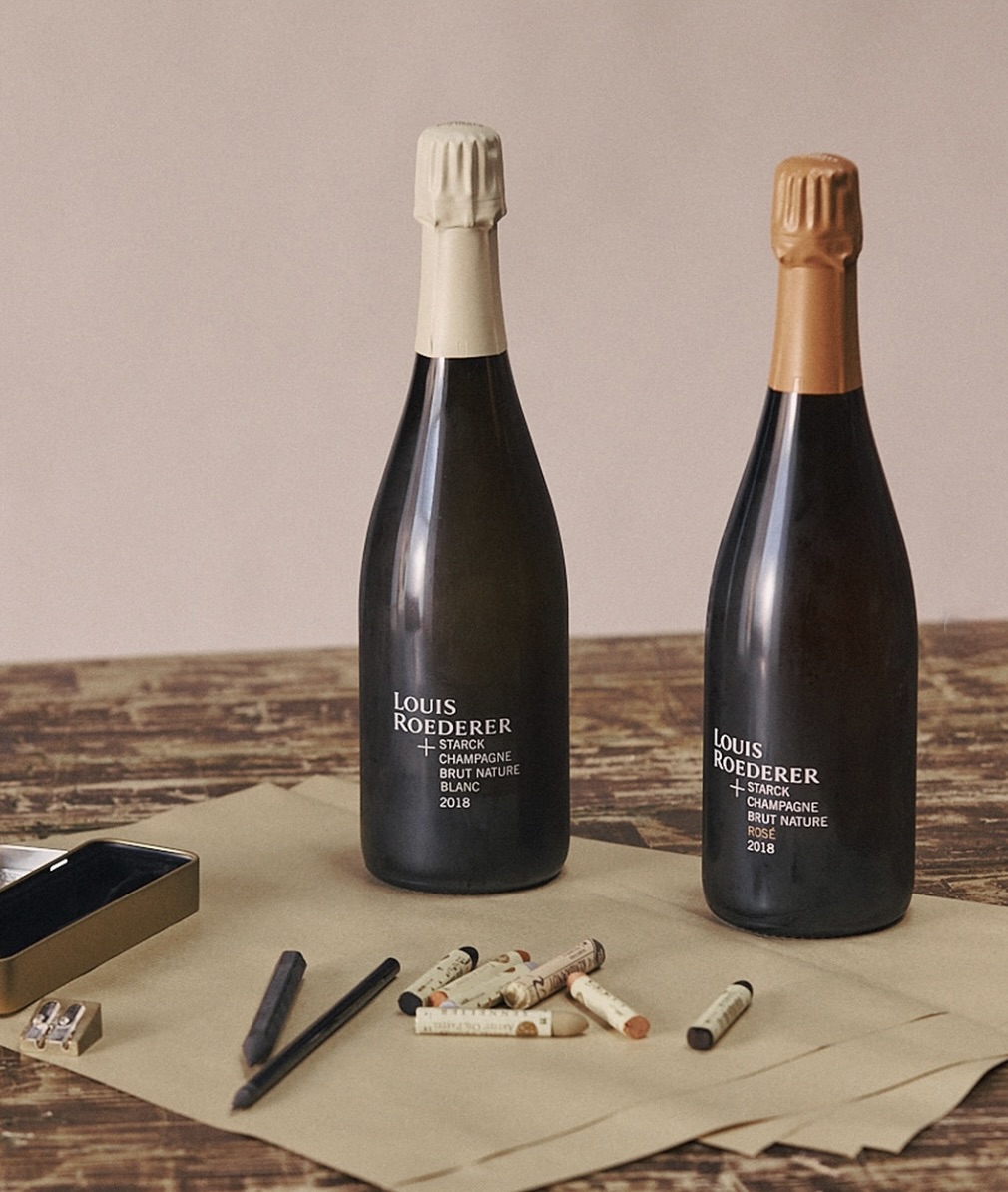
The Brut Nature project stems from a visionary idea: to create something completely outside the traditional Champagne framework. It begins with a single parcel in Cumières, in the Vallée de la Marne, a unique location in terms of geology and exposure, with green and grey clay soils bathed in intense sunlight. Here, a true “climate change laboratory” was born—a wine produced only in warm vintages, co-fermenting all seven authorized Champagne grape varieties: the classics Pinot Noir, Meunier, and Chardonnay, as well as the rarer Pinot Blanc, Pinot Gris, Arbane, and Petit Meslier. All grapes are harvested on the same day and vinified together, to convey the full complexity of the terroir in a single voice.
The wine is intentionally stripped down to its essence: no dosage, no malolactic fermentation, low pressure, no blending. “The wine of less is more,” says Lécaillon. As often happens, the label itself mirrors the content: a minimalist design by Philippe Starck, fully aligned with the spirit of the project. The label is, in itself, a statement: clean, linear, with no paper—just the names engraved directly on the bottle. The neck label uses earthy colors, evoking the wine’s origins.
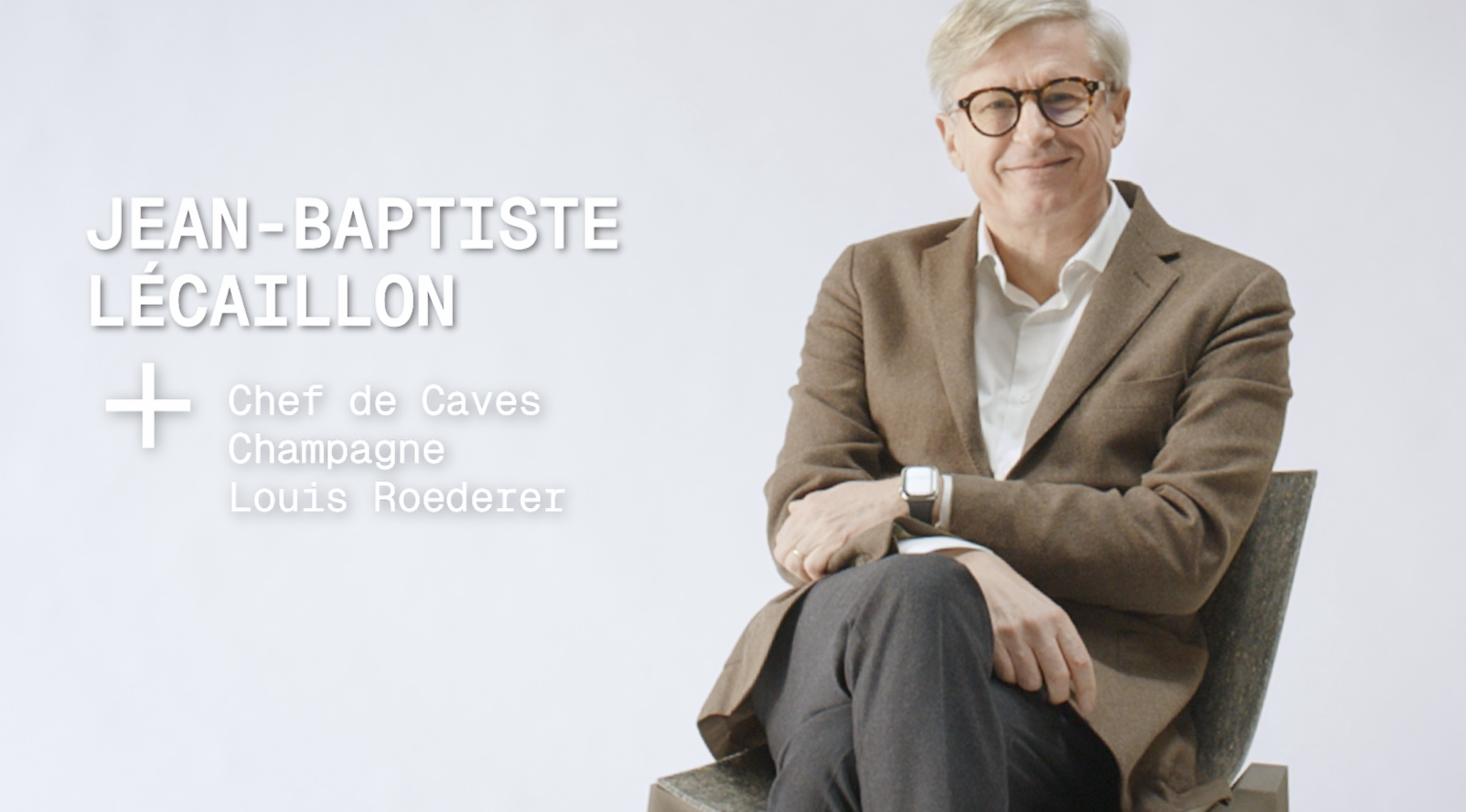
“All my life I’ve been trying to give more by doing less, by using fewer materials,” says Starck. “My true work—which has never been a job, but rather a presence—has always been this: removing the unnecessary, dividing, simplifying, like extracting a square root. You take a number and divide it, and divide again, until you reach the prime number. You don’t stop until you reach the essence. The same goes for Champagne: you start from a miracle and strip it of every frill until you achieve something pure, secure, respectable, honest.”
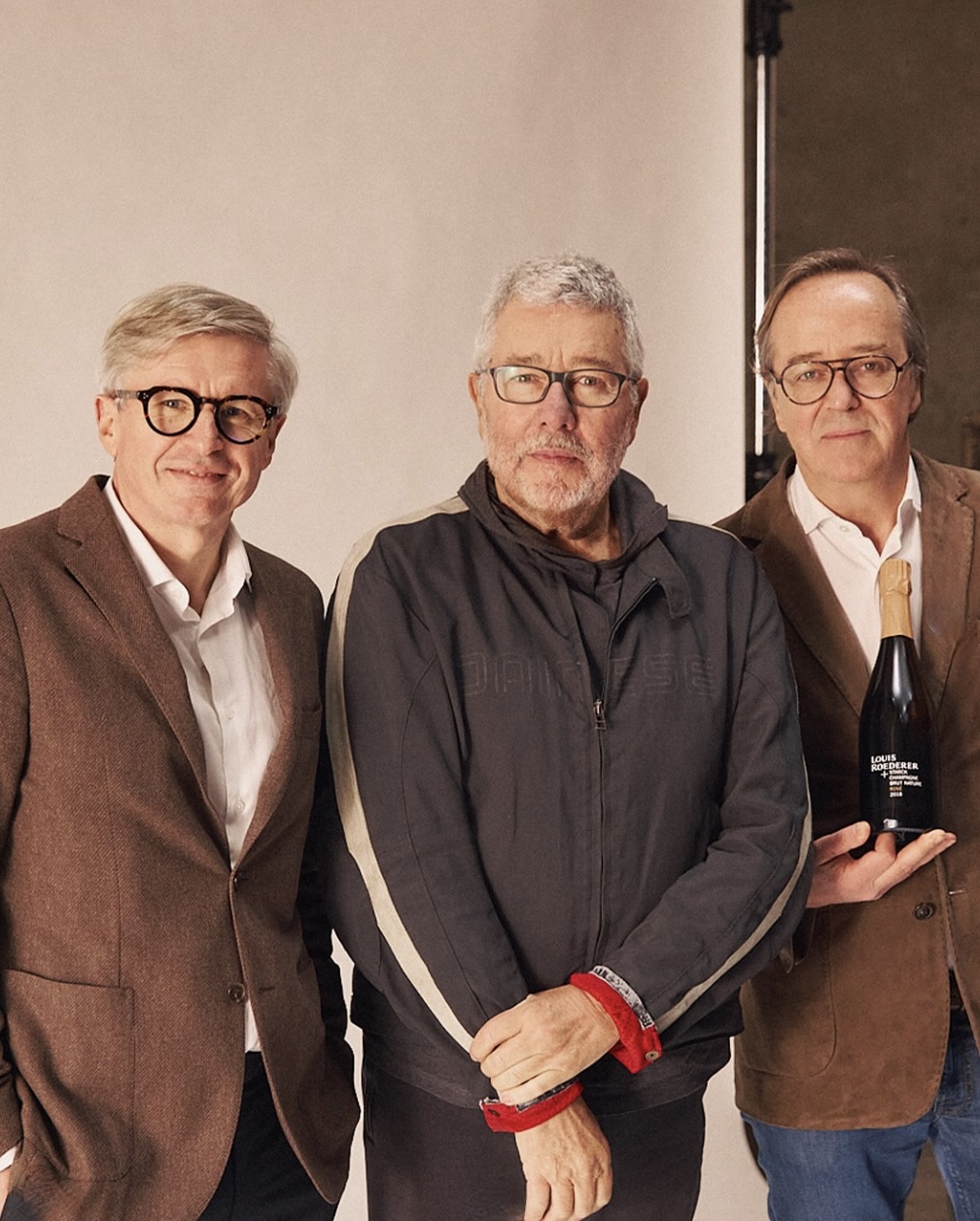
Frédéric Rouzaud also emphasizes how everything starts from fundamental human values: “Friendship, authenticity, freedom. In difficult times, authenticity is what restores kindness, hope, desire. And we are happy to have shared all this in a place so full of sensitivity.”
Starck concludes with his characteristic poetic clarity: “Champagne is not a product, it’s a moment. A permanent smile, an opportunity for love and joy. It doesn’t need strict rules. It needs truth.”
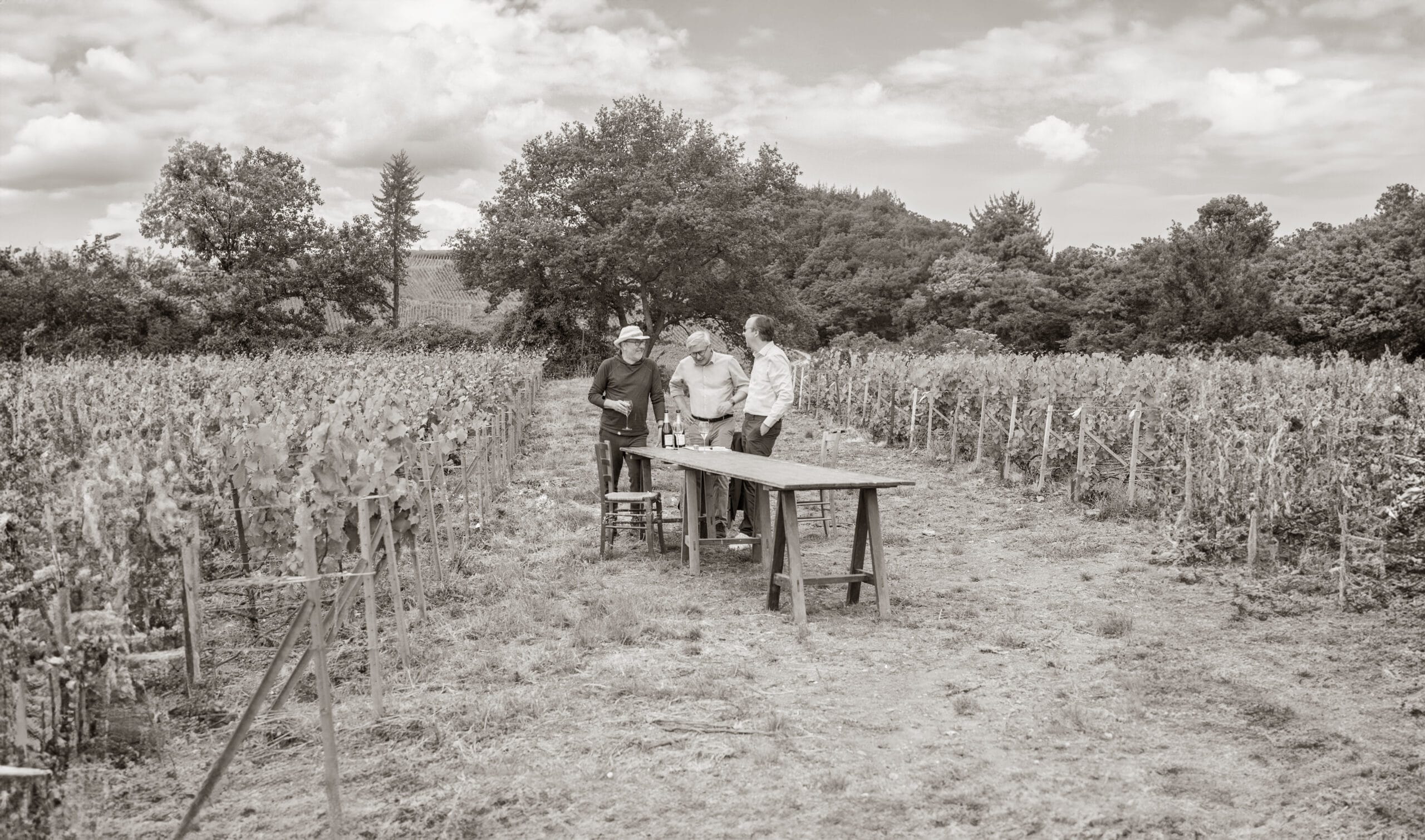
Lécaillon reiterates: “The entire project is in constant motion. What we do today may change tomorrow. But what remains is the desire to act with intelligence and responsibility. We’ve rediscovered ancient practices, like co-plantation, and today we reintroduce them as modern solutions. It’s our way of preparing for the next 30 years, for future generations. That is our mission.”
Roederer doesn’t merely adapt—it anticipates, explores, inspires. Brut Nature represents a new way of thinking, producing, and living wine, in a world that demands greater respect and environmental responsibility to counter and heal the effects of climate change.
BRUT NATURE BLANC AND ROSÉ 2018
The 2018 vintage was warm, dry, and extraordinarily generous, but above all, it was marked by the perfect health of the grapes. After an exceptionally rainy winter, spring was mild and stormy, followed by a summer of record-breaking heat, dryness, and sunshine—surpassing even the legendary 2003 vintage.
The harvest was both early and abundant: the parcel destined for Brut Nature was picked on September 2, 2018.
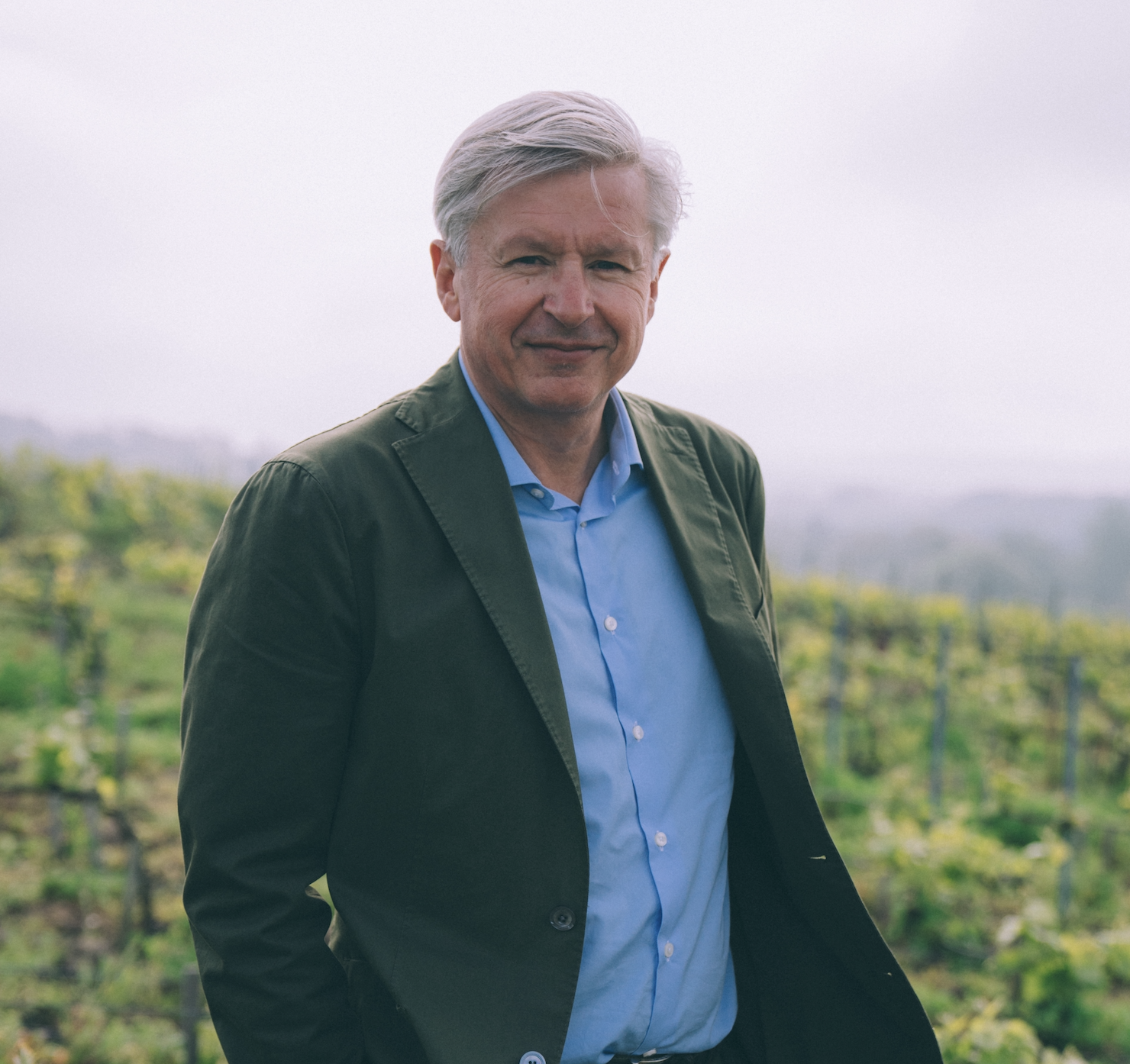
Why harvest and vinify different grape varieties together if they ripen at different times?
“The goal is to harness the strength and distinctive character of each variety: the full maturity of Meunier, which brings fruit and texture; the structure of Pinot Noir; and the over-ripeness of Chardonnay, which has always supported the others in Champagne. Complexity is born from this diversity of ripeness levels. In a warm year, when everything ripens almost at once, the vegetative cycle speeds up and compresses—it’s the perfect time to harvest and co-ferment, capturing harmony through variety” explains Jean-Baptiste Lécaillon.
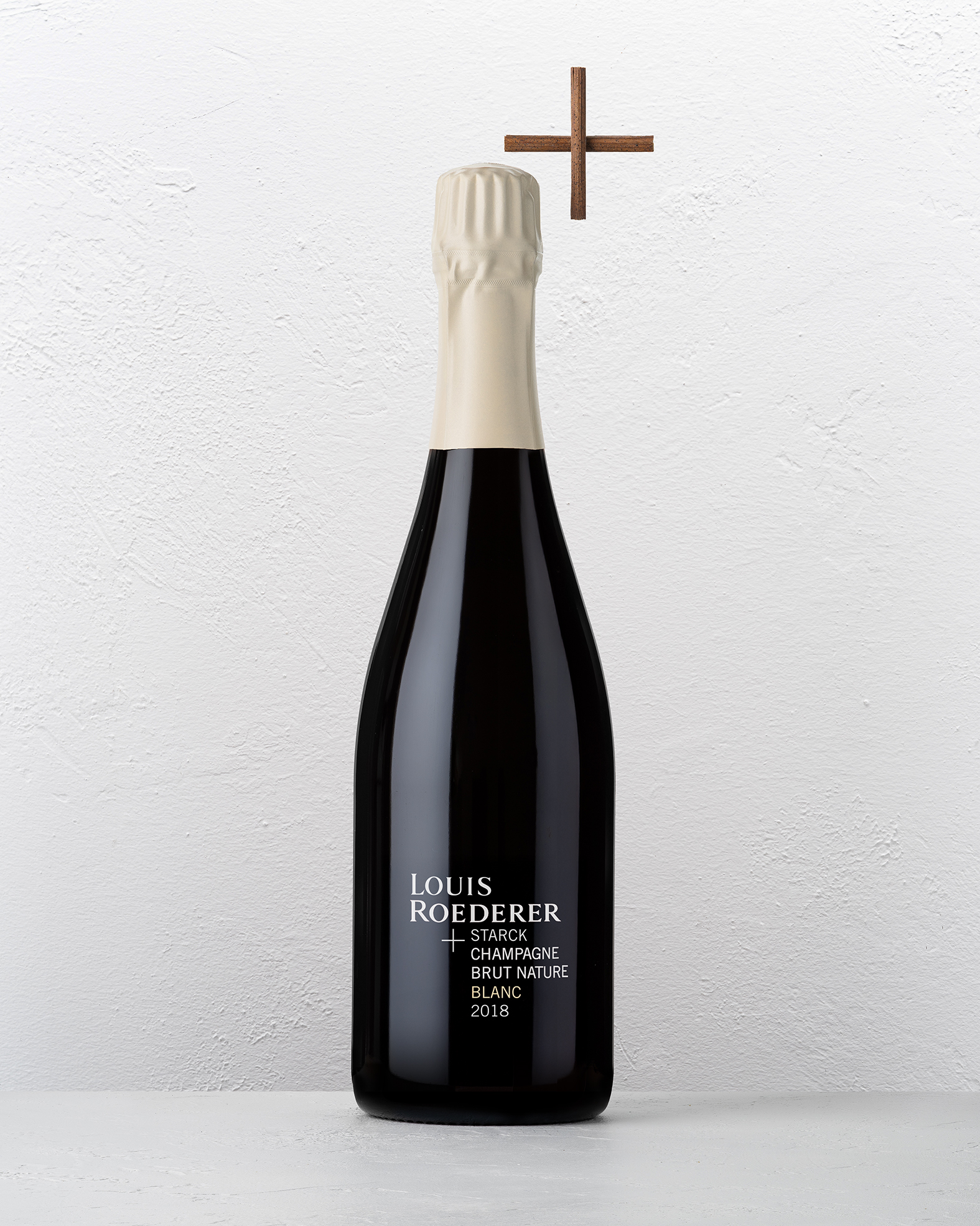
BRUT NATURE BLANC 2018
Grapes: 55% Pinot Noir, 25% Meunier, 20% Chardonnay, with traces of Pinot Blanc
Wines aged in wood: 31%
Malolactic fermentation: 0%
Dosage: 0 g/l
A luminous, taut Champagne with great drinkability and surprising complexity. The attack is pure and citrusy, with notes of lime and zesty candied peel that evolve into balsamic hints of sage and ginger. The finish is defined by red and black currant. The sip is saline and vertical, with a vibrant, energetic progression. The aftertaste combines fruity elements with riper, subtly smoky notes. Exceptionally harmonious and accessible.
95+/100
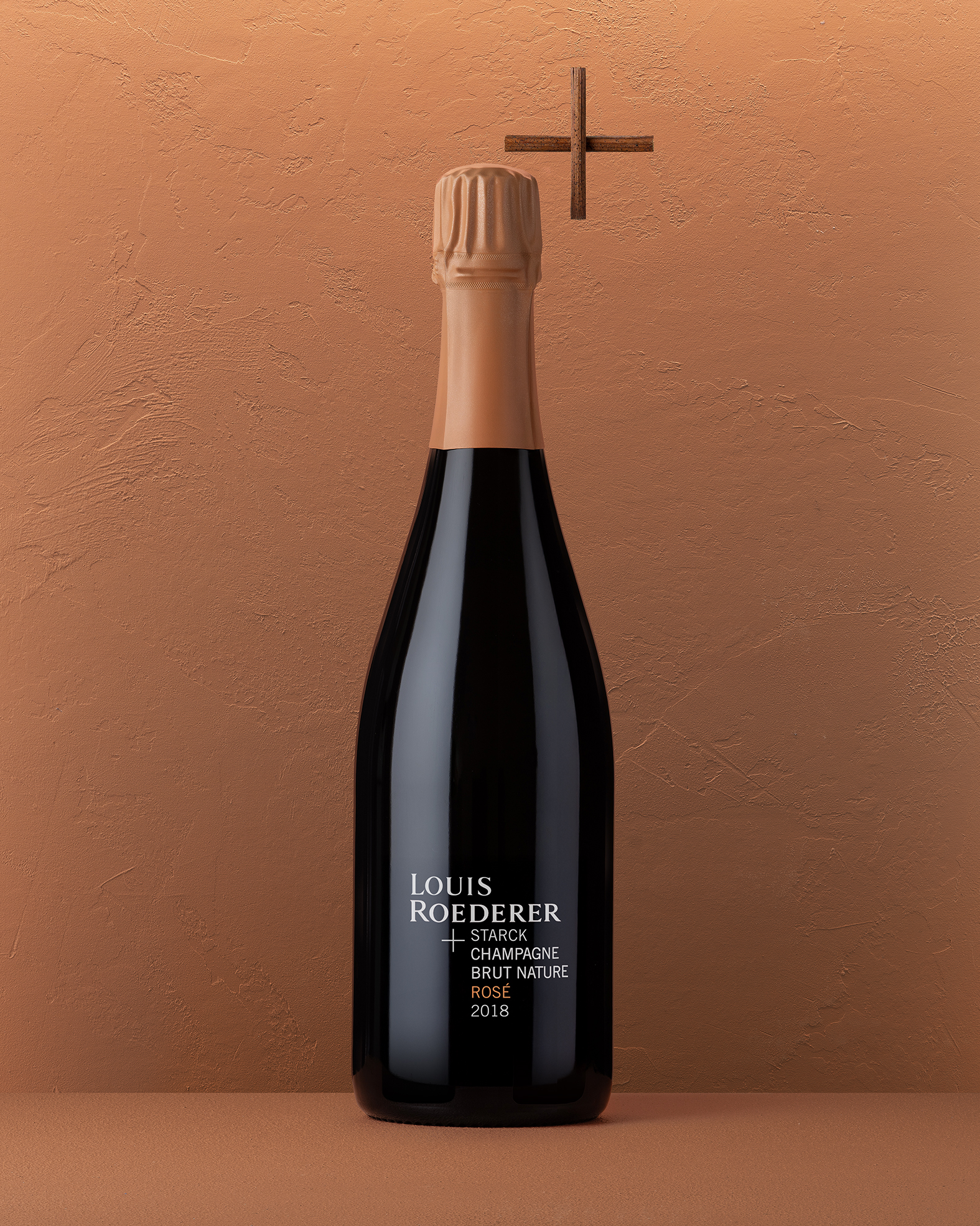
BRUT NATURE ROSÉ 2018
Grapes: 64% Pinot Noir, 20% Meunier, 16% Chardonnay, with traces of Pinot Blanc
Wines aged in wood: 20%
Malolactic fermentation: 0%
Dosage: 0 g/l
Lighter in color than previous editions, it is delicate, luminous, and elegant. On the palate, it unfolds across multiple layers: structure and depth are woven into a multidimensional texture. Seemingly austere at first, it gradually reveals itself in the glass. At the center of the palate, it concentrates flavor and tactile richness, with a fine, incisive texture reminiscent of umami, spice, and ripe cherry (*cerise*). An elegant, silky rosé with remarkable aging potential.
95/100

